Ornamental Onion - Learn How to Take Care of Allium Flower
Allium is a bulbed plant which amazes mostly with its peculiar flowers. Because of its appearance, this plant is a common addition to garden flowerbeds. Different varieties of allium flowers make beautiful arrangements. Check if an ornamental onion is difficult to grow.
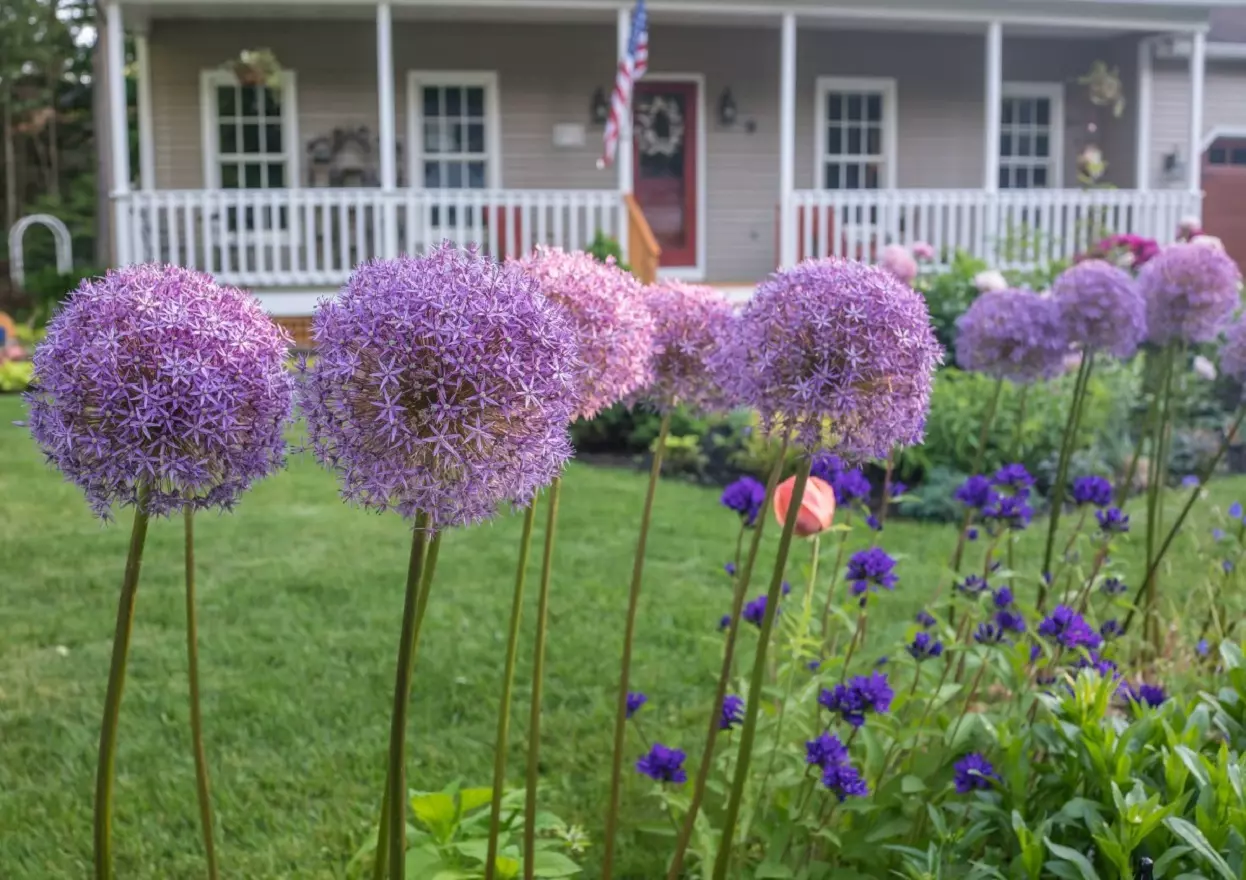
Ornamental onion – what kind of plant is it?
Ornamental onions belong to Allium group of plants. They come from the Amaryllidaceae family. There are over 700 ornamental onion varieties that grow both in wilderness and home gardens. In nature, this plant grows in regions of Asia.
Giant allium develops characteristic narrow leaves that grow straight from the rosette located right above the ground. Up to 8 leaves may grow out of a single bulb. The stalk with the flower is singular and can grow from 50 to 150 cm (1.64-4.92 ft) tall, depending on the variety.
Ornamental onions are valued primarily for the flower growing in the central part. It’s shaped like a fluffy dandelion seedhead. Allium flowers are quite large – their diameter ranges from a few to over a dozen centimeters.
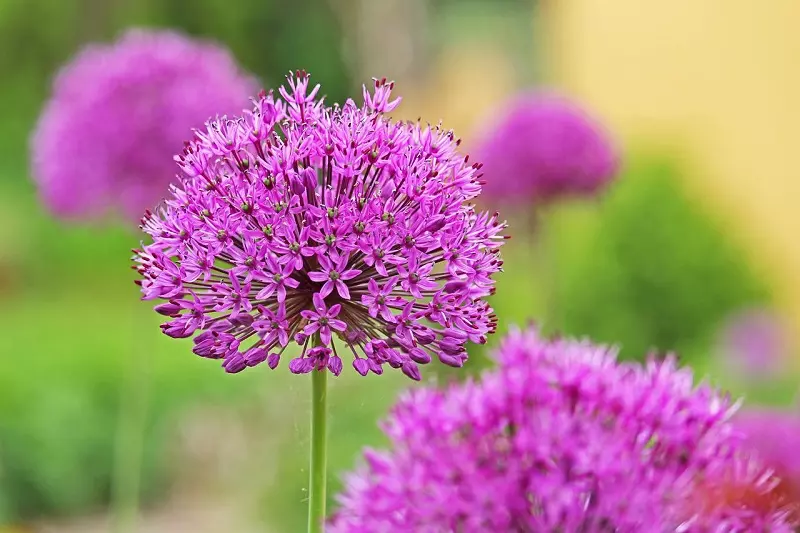
Does allium flower have any benefits?
Ornamental onion is essentially a perfect flowerbed decoration. But the beautiful flowers aren’t the only reason why gardeners should decide to cultivate this plant. It’s also a fantastic form of protection against pests such as:
- rats,
- voles,
- moles.
Giant onion also releases certain substances which protect other plants from grey mold.
Allium plant – noteworthy varieties
There are a few hundred different types of ornamental onions, but several basic varieties are the most popular. They are, for instance:
- chives – Allium schoenoprasum
- ball-head onion – Allium sphaerocephalon
- giant onion – Allium giganteum
- Persian onion – Allium aflatunense
- German garlic – Alium senescens
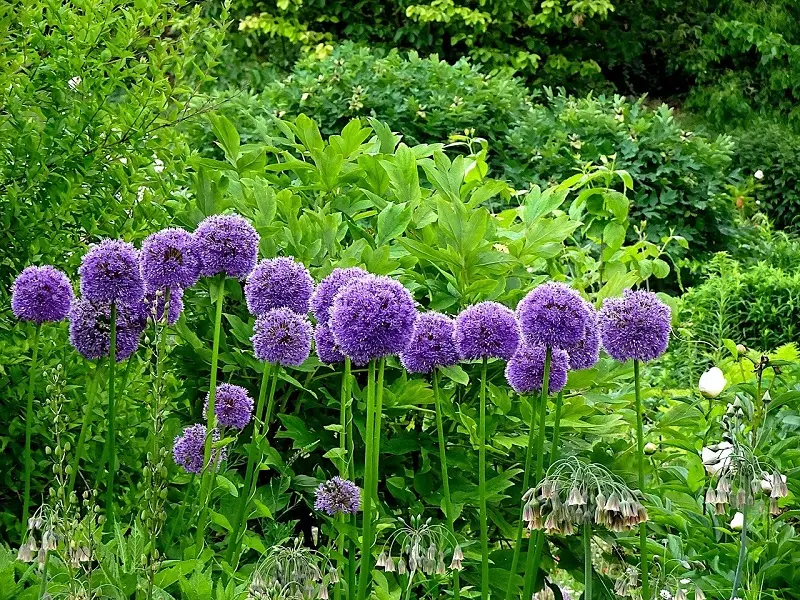
When to plant ornamental onions?
Allium bulbs should be planted from September to October. You can combine them with other plants that bloom in spring. This way, you can create interesting arrangements to decorate your flowerbeds next year.
The bulbs are relatively small, so place them 10-15 cm (4-6 in) deep in the ground. When planting, remember about proper soil conditions that promote better growth, as well as the right location.
What is the best soil for allium flowers?
Ornamental onion is not very demanding, which makes it a perfect plant for all gardeners, even beginners. Allium plants prefer sandy or sandy clay soils.
Pick a full-sun location for these plants. This way, you can expect richer blooming in spring.
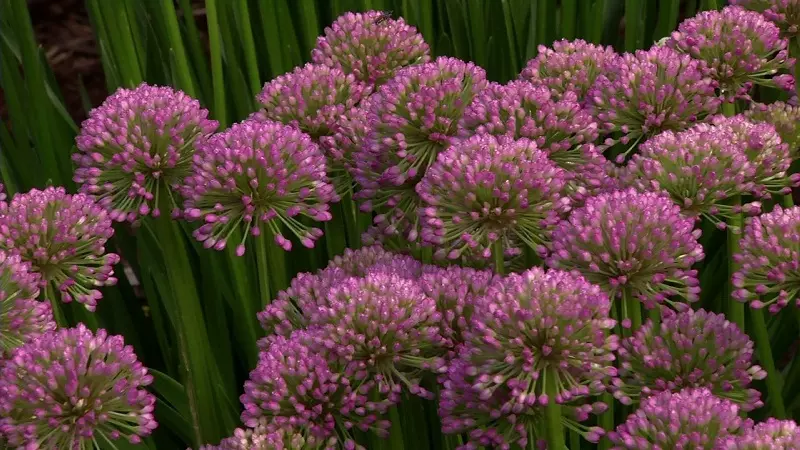
Do allium plants need feeding?
If you want to increase the chance of your allium plants developing flowers, use special fertilizing products. A special multi-ingredient fertilizer is a perfect solution, as it provides all necessary nutrients to the plant.
Repeat feeding once per month, using as much fertilizer as suggested on the product’s label.
How often to water ornamental onions?
The plant doesn’t need much attention regarding watering. Only during dry months, when there’s no precipitation, allium plants require more excessive watering. You can simply water it along with other plants.
Planted in permeable ground, ornamental onion is protected from standing water and rotting.
When does giant allium and other ornamental onions bloom?
Planted in fall, ornamental onions bloom at the beginning of May. Depending on the variety, it can last as a garden decoration well until the end of September. It’s a perfect addition to cut flowers – works great in bouquets, as well as flowers in vases.
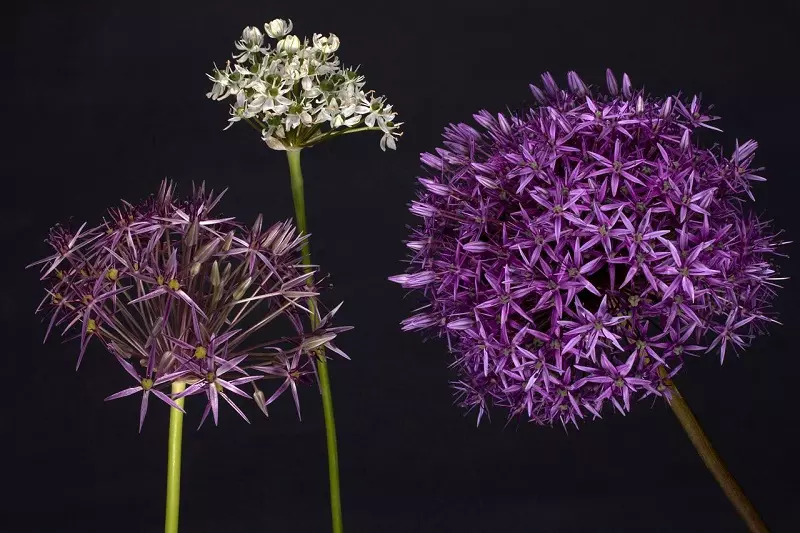
Do you have to dig out allium plants for winter?
Ornamental onion has to be dug out before first frosts. The best time to do it is right after the plant stops blooming. Allium bulbs are usually dug out in mid-summer, but it depends on when the plant blooms.
Varieties blooming in early spring can be dug out at the beginning of summer. The leaves also give a clear signal – if they are dry, it means the bulbs need to be removed from the soil.
Allium flower seedlings price
Ornamental onions make a perfect addition to a spring flowers arrangement. Depending on the variety, the prices for the plant may greatly differ. Typically, you have to pay from $5 to even $30. Buying in bulk in a gardening store is recommended. This way, you can count on better prices and discounts.
Allium plant care – diseases and pests
Various fungal diseases are the biggest threat to plants such allium giganteum and other ornamental onions. They might attack the plant especially when the weather is warm and humid.
White rot is the most common disease which causes the leaves to yellow and wither. You can protect your plants from it by picking a good location for them, or using antifungal products available in gardening stores.
Allium repels pests living underground and eating bulbs. Nematodes and dipteras are the only threat to these plants. You can resolve the problem by using special sprays. Also, make sure your flowerbeds are well-organized.
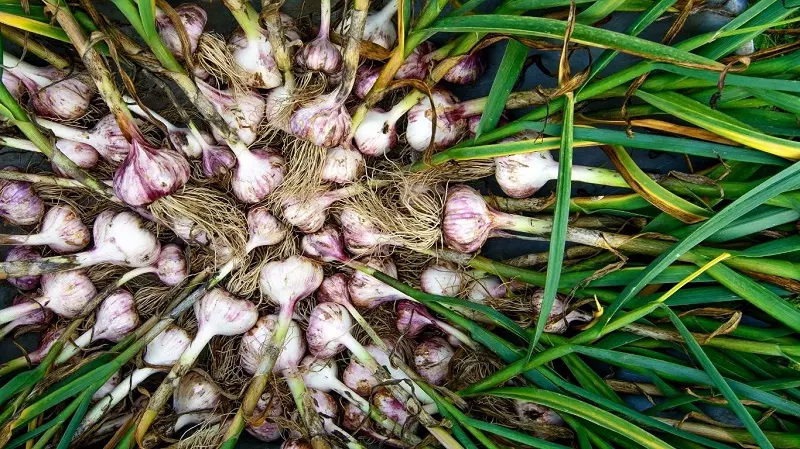
📍 When to plant allium giganteum?
Put the allium bulb in the ground between September and October. Make sure to do it before first frosts, and secure the plant against low temperatures.
📍 When to cut ornamental onion flowers?
Flowers develop allium seeds. Make sure to cut them back. Do it at the beginning of June. The beginning of July is the latest time.
📍 How to plant giant allium?
Ornamental onions are planted in the ground at the beginning of fall. The bulb has to be planted deep enough – under a layer of soil which is at least twice as thick as the bulb's diameter. Also, make sure to protect the plant from frosts.
📍 When do ornamental onions bloom?
Ornamental onions planted in fall bloom in spring. The latest blooming time is at the beginning of June. Note that flowers are highly ornamental and look beautiful with other plants.
Featured articles




